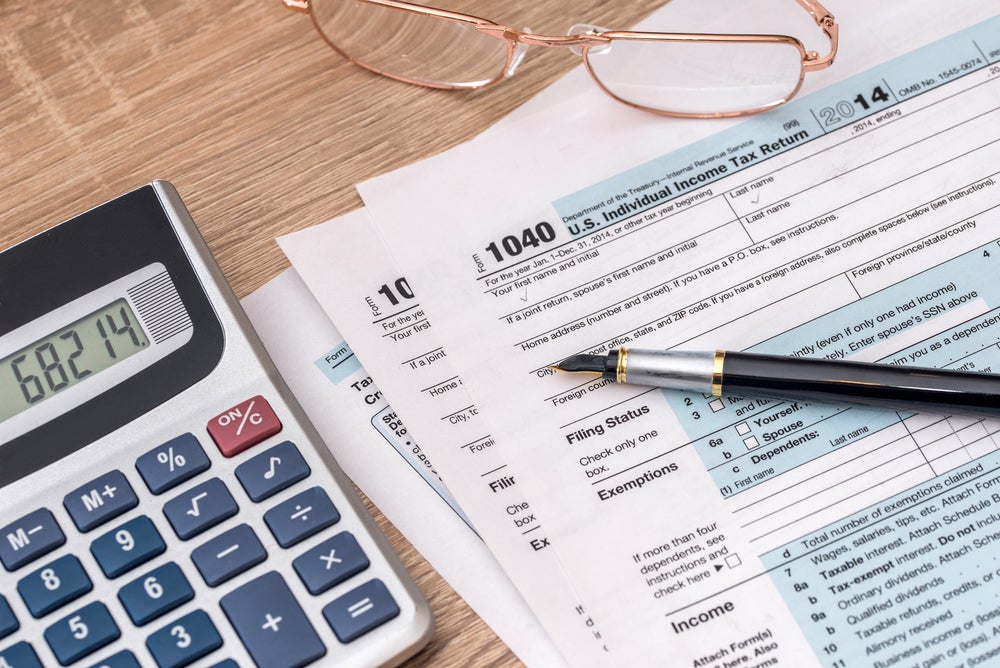 On January 28th we celebrated Data Privacy Day and it served as a good reminder that our cyber safety is always in jeopardy. This annual observance was enacted to create awareness about the importance of privacy and personal information. Using three themes of: respecting privacy, safeguarding data, and enabling trust, it perfectly prepares us for a time of year where sensitive and personally identifiable information (PII) is passed around in massive quantities. That’s right, we’re talking about everyone’s favorite—tax season.
On January 28th we celebrated Data Privacy Day and it served as a good reminder that our cyber safety is always in jeopardy. This annual observance was enacted to create awareness about the importance of privacy and personal information. Using three themes of: respecting privacy, safeguarding data, and enabling trust, it perfectly prepares us for a time of year where sensitive and personally identifiable information (PII) is passed around in massive quantities. That’s right, we’re talking about everyone’s favorite—tax season.
These days the vast majority of Americans take advantage of electronic filing. And “the IRS wants to make sure that online sources, software companies and ultimately taxpayers are aware of good security practices.”
Cyber Safety Guidelines
As businesses are passing out tax documents, working with accountants, and fielding employee questions, there are some general cyber safety guidelines that should be followed:
- Be aware of new threats including the recent alert issued by the IRS. In the release, the IRS warns accounting and tax preparation firms of a new variation of a phishing scheme that is going after sensitive information to use in fraudulent tax returns. The latest emails typically come in two stages, first soliciting tax preparation, and then if a response is sent the cybercriminal sends a follow-up with a PDF attachment that contains the executable.
- Encrypt all sensitive data when shared outside the company or over email. That means also checking security measures of contracted tax preparation firms and accountants that work beyond your network.
- Understand insider threats because whether intentional or unintentional, employees can be a big cause of security holes. In the event that malicious actors have recruited one or more of your employees to the dark side, relentless daily monitoring will be an integral part of mitigating threats.
- Require strong passwords for systems where employees can go to access their W-2s. Or even better, use two-factor authentication for a single sign-on.
Since snail-mail W-2s often take longer that electronic versions, employees that are chomping at the bit to file their taxes for a big return are going to elect to retrieve them online. Be sure to require a lengthy and complex password to discourage cybercriminals.
Protect Your PII at the Endpoints
Keeping your cyber safety at top of mind is more important during this time of year, but in reality it always is. Industries like healthcare or finance, which handle loads of sensitive information, are used to this heightened sense of responsibility to protect our most vital personal information.
Safeguarding our sensitive data through legacy anti-virus scans aren’t enough. You need real-time insight that allows you to counteract and even stop malicious actors in their tracks. With the number of variants growing every day, you can’t expect an anti-virus database to keep pace.
Our endpoint security software uses a deep-file inspection engine to stop threats before they execute and behavior-based threat detection to identify threats upon execution. Our sophisticated solution surpasses the capabilities of signatures or mathematical algorithms, which look for known patterns and indicators of compromise.
To learn more about how you can pump up your cyber safety this tax season, download our white paper “Real-Time, Unified Endpoint Protection: A New Era in Incident Response.”

